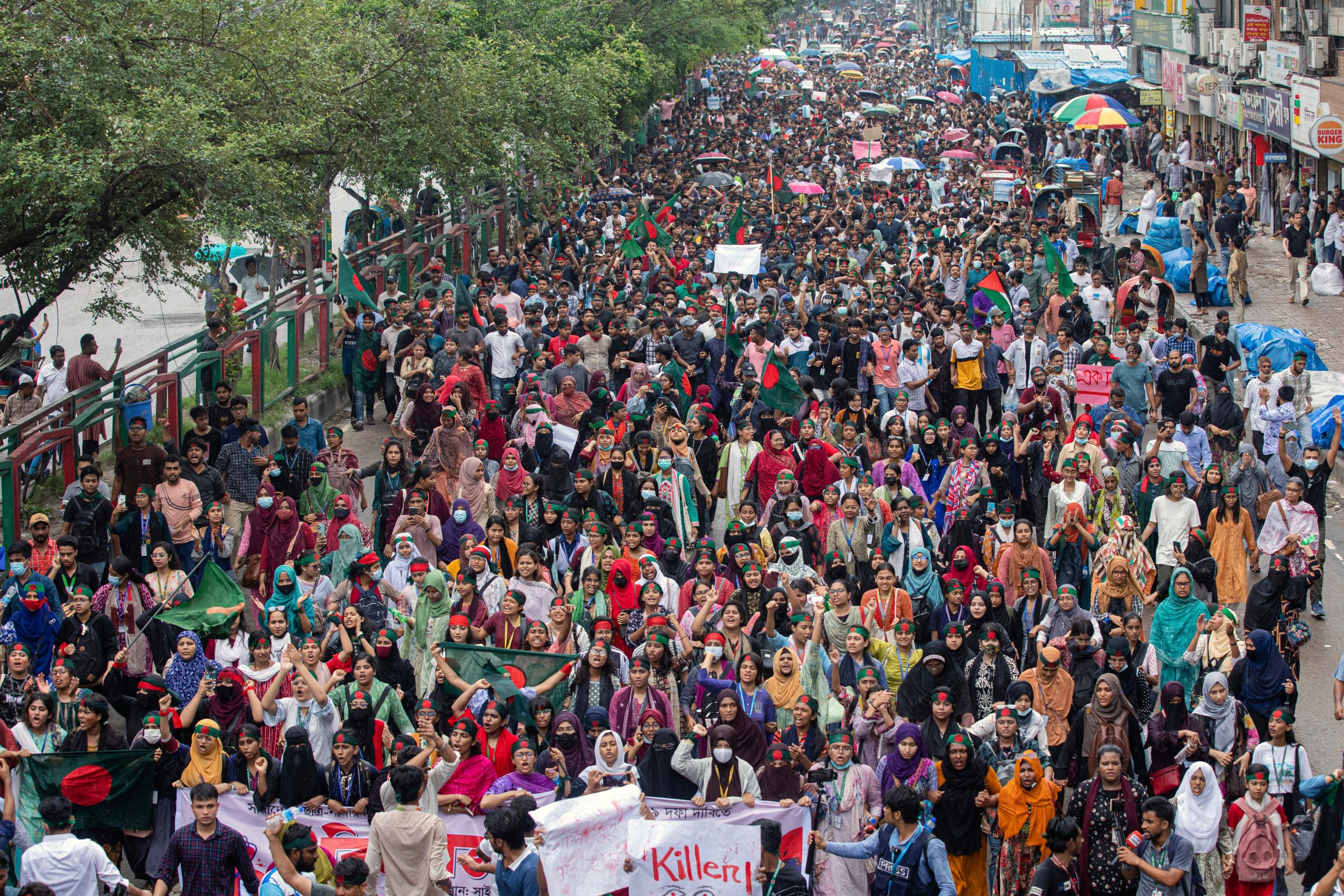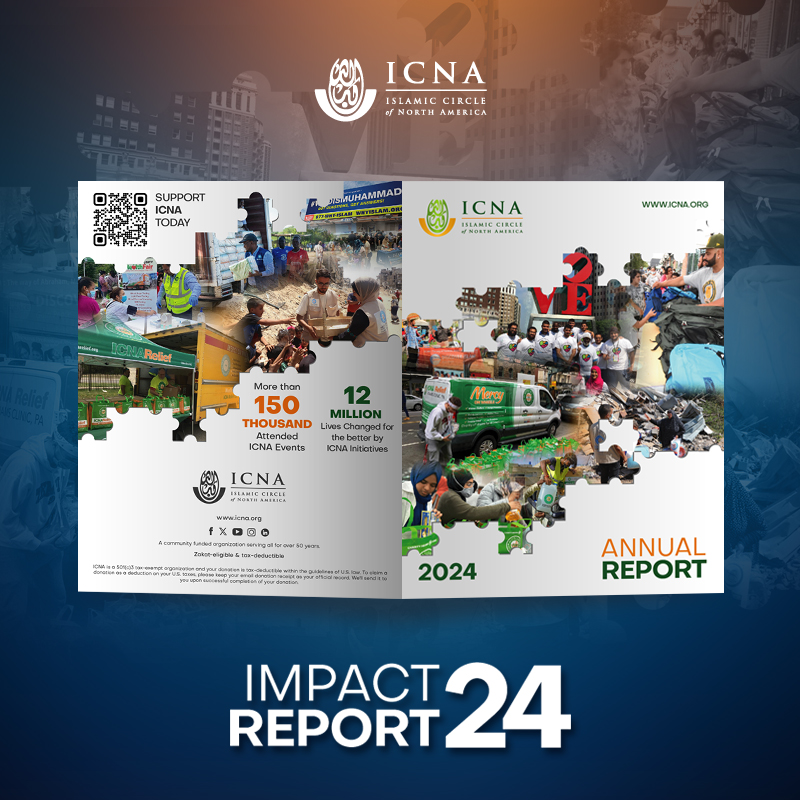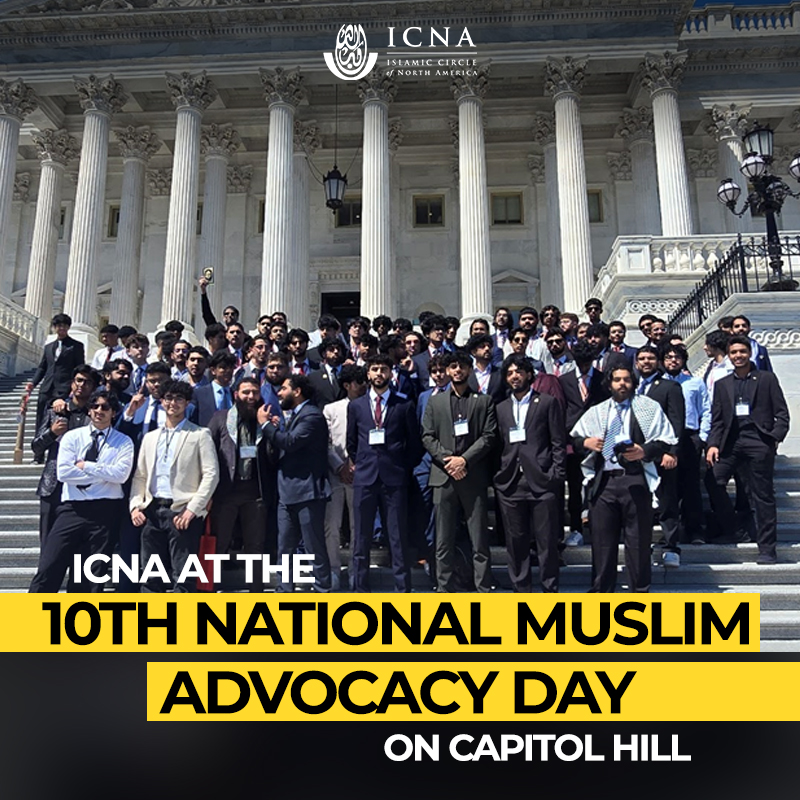
In late summer, students across universities in Bangladesh hosted various demonstrations, protesting a revival of a quota system where descendants of the fighters of Bangladesh’s liberation in 1971 would be awarded with government jobs. This accounts for around 30% of government jobs. At the time of the protests, there were 18 million unemployed young people in Bangladesh. Students formed a countrywide movement to protest for reform of the quota system, coined “Students Against Discrimination.” What started as peaceful protests quickly turned deadly, with Bangladeshi police killing a student coordinator, Abu Sayed.
The video of Sayed’s killing sparked even more protests, with thousands of students pouring into the streets. Protesters were sparked further by the way the government refused to meet any demands. Sheikh Hasina, Bangladesh’s prime minister, ruling for over 15 years, called protesters “Razakar,” which is an offensive term used for collaborators. Protests turned more violent when police started attacking more and more student protesters in Dhaka. The government then shut down universities and cut off the internet. According to Al Jazeera, at least 187 people were killed, and 1,000 were arrested between July 10 and July 20.
On July 18, it was reported that the internet in Bangladesh was cut off by authorities. The next day, armed forces fired at large crowds of protesters.
After the days of violent response to protests, the Supreme Court on July 21 decreased the 30% quota to 5%, and reserved a 2% quota for ethnic minorities. The rest of 93% of civil jobs will be decided on merit. However, protests continued because a curfew was still imposed on universities, internet was not fully restored, and the arrest and killings of student demonstrators were too violent. Protesters renewed their demands, which then included the release of protest leaders, lifting of curfews, and reopening of universities.
An estimated 300 protesters died at the hands of the government. BBC reports that around 32 children died during the demonstrations. A mass protest in Dhaka’s central square eventually forced Hasina to resign and flee the country, ending her 15-year rule. After Hasina’s escape, the Bangladeshi president released several prisoners charged under false circumstances, that were imprisoned by Hasina’s orders and under her direction, among them her opposition leader. Though her long-standing rule was unpopular for many reasons over the years, it was the violence against students which finally led to the collapse of her rule. Students could not bear the injustices perpetrated against their friends and community members.





